
In an unusual procedure, a man had a tooth removed and then implanted in his eye to restore his vision. (This image is archived and is not related to the case described below.) (Image credit: yacobchuk/Getty Images)
Patient: A 34-year-old man named Brent Chapman from British Columbia, Canada.
Medical History: When Chapman was 13, he developed a rare and severe autoimmune reaction after taking a standard dose of ibuprofen. This reaction, known as Stevens-Johnson syndrome, activates the immune system, causing cells to attack the skin and mucous membranes. In this case, the syndrome caused severe burns all over Chapman's body, including the surface of his eyes.
His left cornea – the clear dome that covers the eye – was destroyed when one of these injuries became inflamed, and he lost most of the vision in his right eye due to corneal damage.
You may like
-
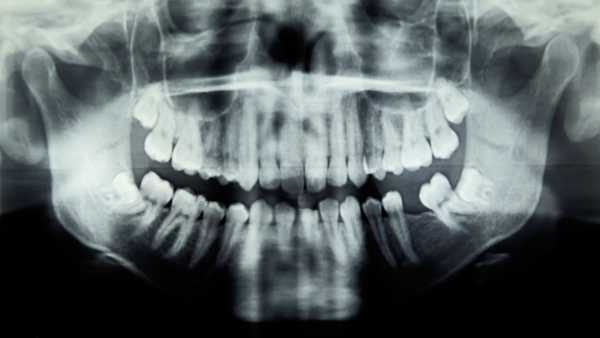
The girl's dental problems led to a life-threatening eye infection.
-
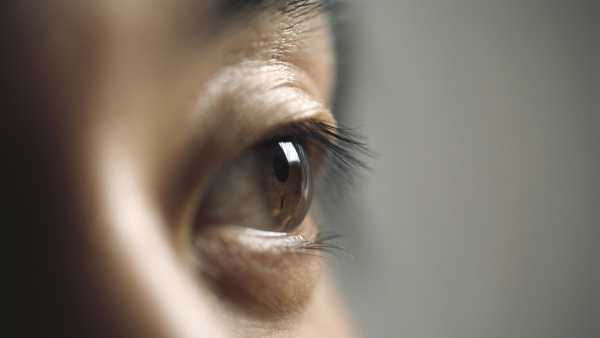
The first trials of a new non-laser eye treatment have yielded promising results.
-
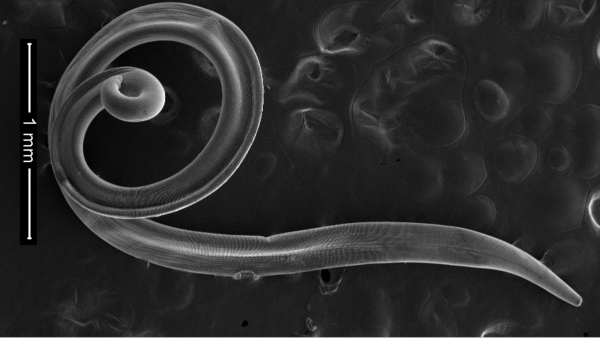
The woman got something in her eye – and it turned out to be parasitic worms.
Over the next two decades, Chapman underwent more than 50 surgeries, including 10 attempts at corneal implants in his right eye, but most were unsuccessful. Some temporarily restored partial vision, but none were successful in restoring it permanently.
What happened next: Doctors suggested a surgical procedure called osteodontokeratoprosthesis, or implanting a tooth into the eye, to restore vision in Chapman's right eye. This technique has been around since the 1960s, but before Chapman's case, it had never been used in Canada.
The procedure involves removing one of the patient's teeth and then implanting it into the eye socket, where it serves as a platform for a clear plastic lens. The lens replaces the damaged cornea and allows light to enter the eye.
Candidates for tooth-in-eye surgery typically have a damaged cornea but a healthy retina and optic nerve, meaning the light-sensitive tissues and nerves at the back of the eye continue to function normally. According to a 2022 study of 59 patients who underwent tooth-in-eye surgery, 94% experienced long-term vision preservation based on follow-up visits over 30 years.
Treatment: Dr. Greg Moloney, a clinical associate professor of ophthalmology at the University of British Columbia, performed the first stage of the surgery on Chapman and two other Canadian patients in February 2025.
First, Moloney removed one of Chapman's canines, along with a thin layer of bone surrounding it. This ensured blood and oxygen flow to the tooth. The tooth was then shaped into a small block, drilled, and fitted with a plastic cylinder and lens. The sculpted tooth was implanted into Chapman's cheek, allowing the soft tissue to grow around it over several months.
Then, in June, the tooth was removed and surgically implanted in Chapman's right eye. Because the tooth and surrounding soft tissue were sourced from the patient, his body is less likely to reject the implant with the tooth in the eye.
Almost immediately after the surgery, Chapman was able to perceive motion. Over the next month, his vision gradually improved, although some distortion was observed, and in August, he underwent further lens correction surgery. Later that month, corrective eyeglass tests revealed 20/30 vision; objects seen at 30 feet (9 meters) by someone with perfect vision were clear to Chapman at 20 feet (6 meters).
OTHER DILEMMAS
A rare disease made a woman see dragons in people.
— A strange lump in a woman's thigh turned out to be a sponge left over from a cesarean section.
—The venom of a black widow spider poisoned a woman through her eyeball.
What makes this case unique is that dental implantation surgery is considered a last resort for blindness caused by corneal damage. This multi-stage procedure takes over 12 hours, not including the time needed for the tissue around the tooth in the cheek to heal, and there are few specialists in the world who perform it.
Doctors have previously performed dental eye implants in Australia, Chile, Egypt, Germany, India, Italy, Japan, Spain, the UK, and the US. To date, only a few hundred people have undergone this procedure.
Disclaimer
This article is for informational purposes only and does not contain medical advice.
TOPICS Diagnostic dilemma

Mindy Weisberger, Social Link Navigator, Live Science Contributor
Mindy Weisberger is a science journalist and the author of Rise of the Zombie Bugs: The Surprising Science of Parasitic Mind Control (Hopkins Press). Previously, she worked as an editor at Scholastic and as a channel editor and senior writer at Live Science. She has covered general science topics, including climate change, paleontology, biology, and space. Mindy studied film at Columbia University; prior to that, she produced, wrote, and managed media projects at the American Museum of Natural History in New York City. Her videos on dinosaurs, astrophysics, biodiversity, and evolution have been shown in museums and science centers around the world, winning awards such as the CINE Golden Eagle and the Communicator Award of Excellence. Her writing has also appeared in Scientific American, The Washington Post, How It Works Magazine, and CNN.
You must verify your public display name before commenting.
Please log out and log back in. You will then be asked to enter a display name.
Exit Read more
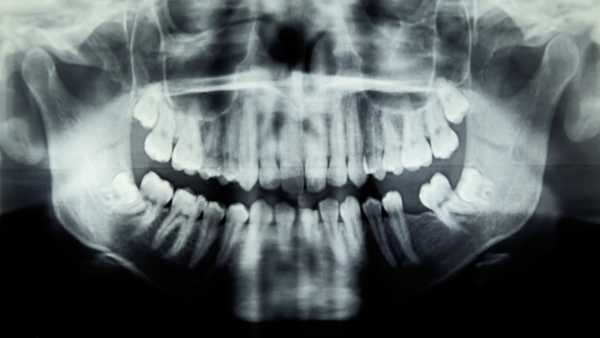
The girl's dental problems led to a life-threatening eye infection.
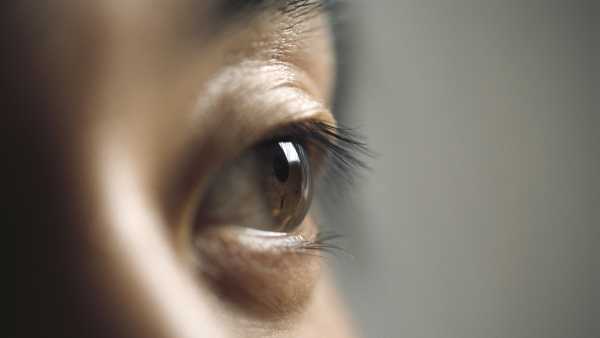
The first trials of a new non-laser eye treatment have yielded promising results.
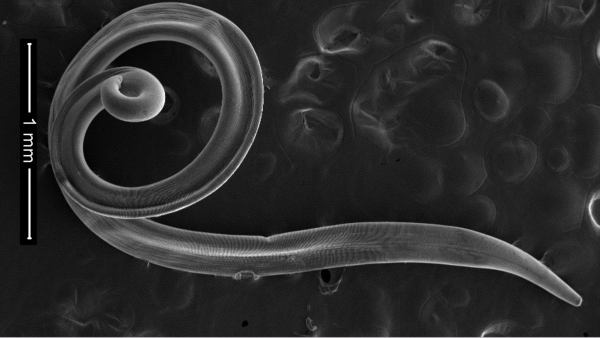
The woman got something in her eye – and it turned out to be parasitic worms.

A knife broke in a man's chest, and he didn't notice for 8 years.
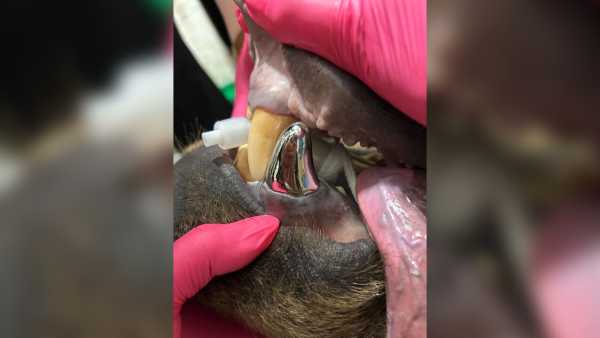
Bear's New Metal Tooth Is the World's Largest Crown

A woman constantly tasted bleach — and doctors found a hidden cause in her blood.
Latest news in the healthcare sector

Who's Eligible for the COVID Vaccine This Year? Everything You Need to Know

If tiny lab-grown “brains” became conscious, could they be experimented on?
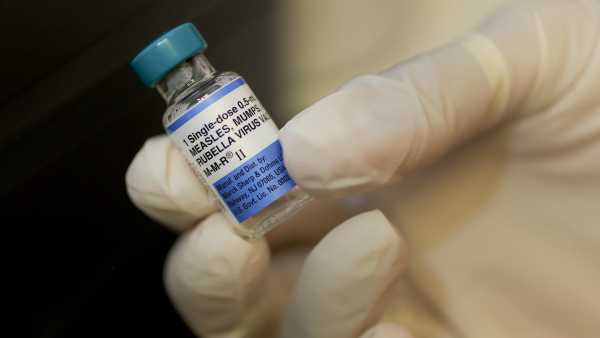
CDC committee votes to change measles vaccination recommendations for young children

Robert Kennedy's hand-picked advisers will be arriving to discuss the childhood vaccination schedule. Here's what you need to know.

Genetics: How do we inherit traits from our ancestors?
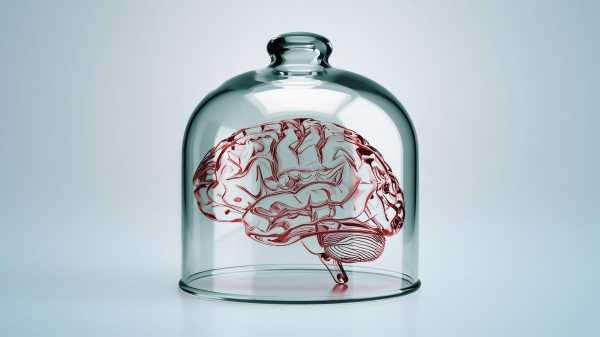
Tiny lab-grown 'brains' can gain consciousness and feel pain—and we're not ready for that.
Latest features

Doctors restored a man's vision by removing a tooth and implanting it in his eye.
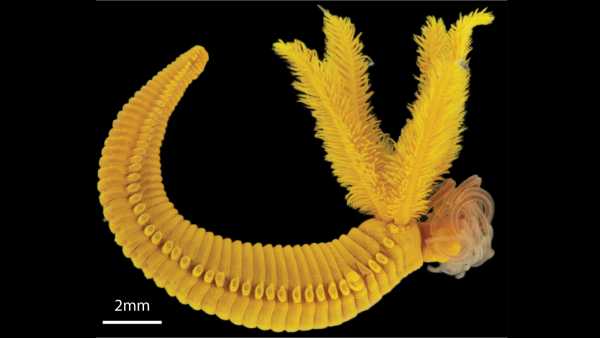
Paralvinella hessleri: A yellow worm that lives in acid and fights poison with venom.

Why does Pluto have such a strange orbit?

What happened to the asteroid that killed the dinosaurs?

Fly among 44 million stars in the latest 3D map of our galaxy from the Gaia telescope – Space Photo of the Week

What are “magic numbers” in nuclear physics?
LATEST ARTICLES

We can nuke the 'city killer' asteroid 2024 YR4 before it hits the Moon if we act fast, a new study warns.
Live Science magazine is part of Future US Inc., an international media group and leading digital publisher. Visit our corporate website.
- About Us
- Contact Future experts
- Terms and Conditions
- Privacy Policy
- Cookie Policy
- Accessibility Statement
- Advertise with us
- Web notifications
- Career
- Editorial standards
- How to present history to us
© Future US, Inc. Full 7th Floor, 130 West 42nd Street, New York, NY 10036.
var dfp_config = { “site_platform”: “vanilla”, “keywords”: “type-regular,serversidehawk,videoarticle,van-enable-adviser-
Sourse: www.livescience.com





